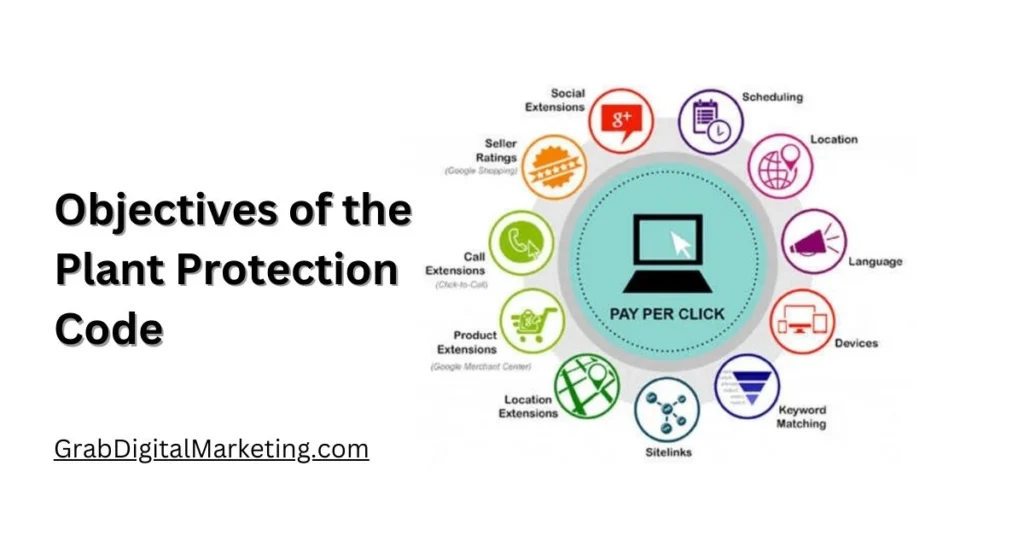Table of Contents
Introduction
The PPC is designed to address the challenges posed by the indiscriminate use of chemical pesticides in tea plantations. It strives to balance economic viability, environmental protection, and human health. By adhering to the PPC, tea estates can align with Both domestic and international food safety standards while ensuring the long-term sustainability of tea cultivation.
Core Components of the Plant Protection Code

1. Approved Plant Protection Formulations (PPFs)
Only pesticides approved by the Central Insecticides Board (CIB) are allowed for use in tea plantations. These are selected based on their efficacy and minimal adverse impact on the environment, human health, and tea quality.
Tea estates must maintain a record of pesticide usage, including the name of the formulation, the quantity applied, and the application date.
2. Integrated Pest Management (IPM)
The PPC emphasizes adopting IPM practices to reduce dependency on chemical pesticides. These practices include:
Biological control methods, such as introducing natural predators of pests.
Cultural practices like maintaining clean fields, proper drainage, and pruning to prevent pest breeding.
Mechanical methods, such as using traps or manual removal of pests.
IPM aims to maintain ecological balance and minimize the risk of pesticide resistance among pests.
3. Maximum Residue Limits (MRLs)
The PPC ensures that pesticide residues in tea do not exceed the Maximum Residue Limits (MRLs) set by the Food Safety and Standards Authority of India (FSSAI) and other global regulatory bodies.
Estates must periodically test tea samples to ensure compliance with MRL standards.
4. Safe Storage, Handling, and Disposal
Pesticides must be stored in secure, well-ventilated areas away from food items or water sources.
Workers handling pesticides must be trained in their safe application and provided with protective gear like gloves, masks, and goggles.
Empty pesticide containers must be disposed of in an environmentally safe manner, following guidelines to prevent contamination of soil and water.
5. Worker Welfare and Safety
The PPC includes provisions to safeguard workers’ health and safety:
Regular health check-ups for workers exposed to pesticides.
Prohibition of employing underage workers for pesticide application.
Ensuring workers’ access to clean drinking water, sanitation, and first-aid facilities at the workplace.
6. Environmental Conservation
The code encourages practices that protect the ecosystem:
Avoiding the use of highly toxic or persistent pesticides.
Promoting organic and eco-friendly pest control alternatives.
Preserving biodiversity by maintaining buffer zones with natural vegetation around tea plantations.
7. Record-keeping and Traceability
Tea estates are required to maintain detailed records of pesticide usage, IPM practices, and safety measures implemented.
These records enhance traceability, ensuring that tea products meet safety and sustainability standards.
8. Compliance and Auditing
Estates must undergo regular audits to verify compliance with the PPC.
Non-compliance can result in penalties, including the suspension of certifications or licenses.
Objectives of the Plant Protection Code

The PPC aims to:
- Reduce the environmental and health risks associated with pesticide use.
- Promote sustainable tea cultivation practices.
- Ensure the production of high-quality, safe tea that meets global standards.
- Protect the rights and well-being of tea plantation workers.
- Enhance the reputation of Indian tea in international markets.
Challenges and Implementation

While the PPC sets clear guidelines, its implementation poses challenges:
- Limited awareness and training among small tea growers.
- High costs associated with testing and adopting eco-friendly practices.
- Resistance to change from traditional pesticide-dependent methods.
To address these challenges, the Tea Board of India provides training, financial incentives, and technical support to tea estates and small growers.
Conclusion
The Plant Protection Code is a vital step toward sustainable and responsible tea production in India. By following its guidelines, tea estates can protect the environment, ensure worker welfare, and produce safe, high-quality tea for consumers worldwide.




